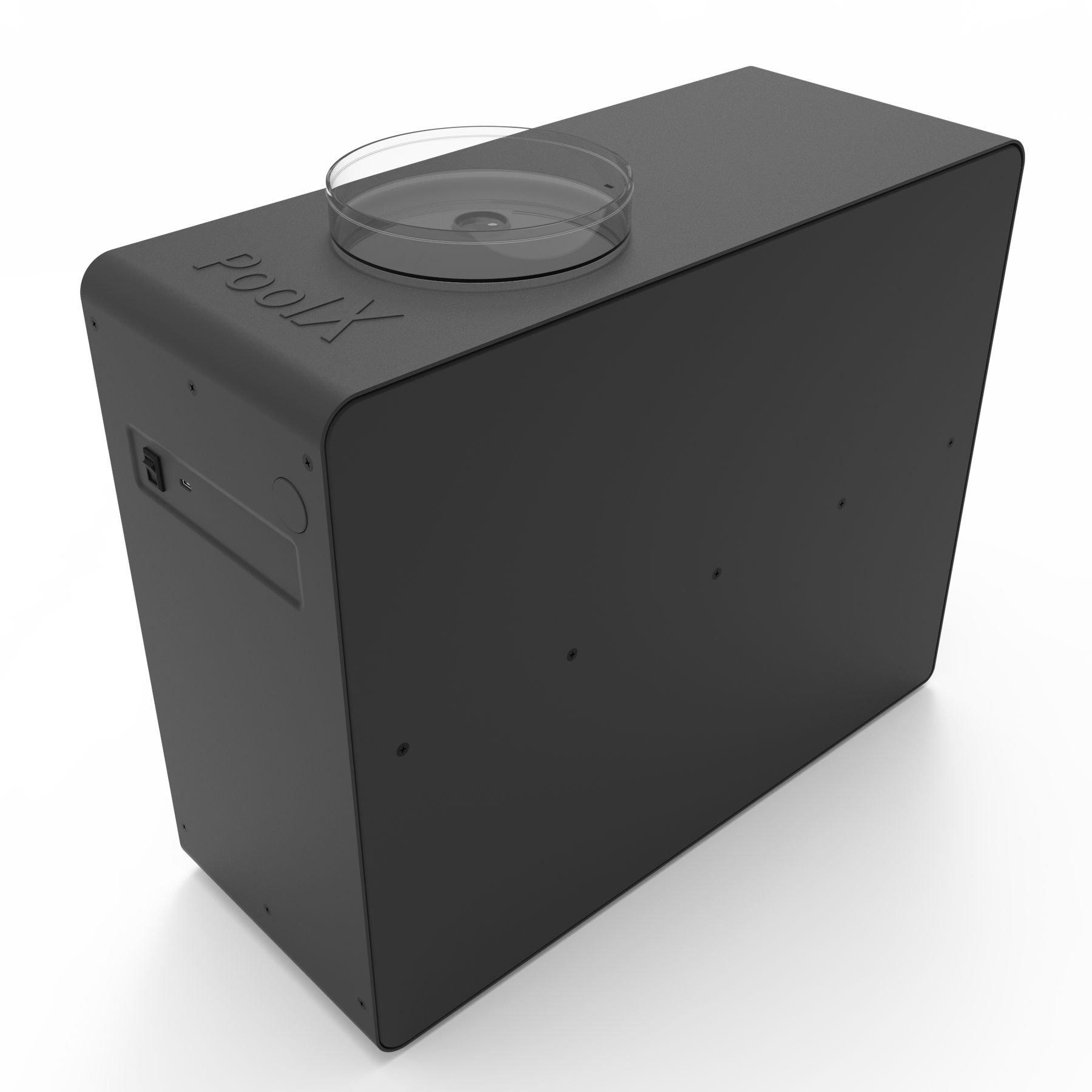For homeowners, one common question that arises during the summer is: how long to fill up pool with garden hose? Understanding this process can help in planning and making better decisions for pool maintenance. The duration it takes to fill a pool using a garden hose depends on multiple factors, including the pool’s size, the water pressure, and the hose diameter.

Understanding Your Pool Size
Before diving into calculations, it is important to understand the volume of your pool. Pool sizes and shapes differ, which directly affects the amount of water required to fill them. Generally, pool volumes are measured in gallons. For a simple approximation, use online calculators or consult your pool’s manual. You can also use this handy guide to maintain a clean pool, ensuring your summer remains terrific.

Estimating Water Flow Rate
The water flow rate is a crucial factor when determining how long to fill up pool with garden hose. Garden hoses typically deliver water at varying flow rates, generally measured in gallons per minute (GPM). On average, a standard garden hose delivers around 9-17 GPM, influenced by the water pressure and hose diameter.
Checking Hose Specifications
Examine your garden hose for specifications to get a more accurate estimation. The hose diameter and length significantly impact the water flow rate. For instance, a standard 5/8-inch hose has different flow rates compared to a 3/4-inch hose. Consulting the manufacturer’s details can provide insights into its capabilities.

Calculating Time Required
Understanding how long to fill up pool with garden hose involves a simple calculation:Total Time (in hours) = Pool Volume (in gallons) / Flow Rate (in GPM) / 60For example, if your pool holds 15,000 gallons and your hose flows at 10 GPM:Total Time = 15,000 / 10 / 60 25 hours
Factors Affecting Fill Time
Several factors can influence the time it takes to fill a pool with a garden hose. Here are a few crucial aspects:
Water Pressure
Water pressure in your residential area can vary, affecting the garden hose’s flow rate. Higher water pressure typically means faster flow rates, and hence, shorter fill times.
Hose Condition
The condition of your garden hose matters. Kinked or damaged hoses reduce the water flow, increasing the time required to fill your pool. Ensure the hose is in good condition for optimal performance.
Multiple Hoses
If you are in a hurry, using multiple hoses can significantly reduce the fill time. By connecting two or more hoses to different water sources, you can increase the total GPM flowing into the pool.
Environmental Considerations
Filling a pool uses a lot of water, which has environmental impacts. Be mindful of your local regulations and any water restrictions. Also, being aware of your water consumption can help in minimizing waste and being eco-friendly.
Tips for Efficient Pool Filling
Monitoring Fill Progress
Regularly monitor the water level while filling the pool to avoid overfilling and wasting water. Non-stop monitoring ensures optimal use of resources.
Using Pool Covers
Using a pool cover reduces evaporation, ensuring that the water filling effort does not go in vain. Also, pool covers maintain water quality.
Start in Off-Peak Hours
Initiate the filling process during off-peak hours to take advantage of stable water pressure, potentially speeding up the process.
Common Challenges and Troubleshooting
Filling a pool with a garden hose might seem straightforward, but several challenges could arise. Here are some common troubleshooting tips:
Low Water Pressure
If you encounter low water pressure, check for leaks in the hose or opt for a shorter hose length to improve flow rates. Contact your local water provider if the issue persists.
Hose Kinks and Leaks
Kinks and leaks can severely impact the process. Inspect and replace your hose if you observe any damages. Investing in a high-quality, durable hose is a wise choice.
Frequently Asked Questions
1. Can I use a well to fill my pool?
Yes, you can use well water, but be prepared to manage the well’s capacity and water quality. Ensure the well can sustain the required water amount without running dry.
2. Can I use a fire hydrant to fill my pool?
Using a fire hydrant is generally not recommended due to legal and practical considerations. Always check with local authorities before considering this option.
3. How can I reduce water usage when filling my pool?
Using a pool cover to minimize evaporation, ensuring the hose is leak-free, and filling during cooler parts of the day can help reduce water usage and promote efficient filling.
As an Amazon Associate, I earn from qualifying purchases.
To ensure that your pool filling is efficient and environmentally friendly, remember that a bit of planning and careful monitoring goes a long way. For more tips on improving your home’s quality of life, check out Home Repairs Benefits.
Conclusion
Understanding how long to fill up pool with garden hose is crucial for every pool owner. With correct calculations, proper equipment maintenance, and adherence to environmental considerations, you can achieve a seamless and efficient pool filling process. For further insights on quality home improvement, explore Role of Nonprofits and gain deeper knowledge on building a tremendous living environment.

